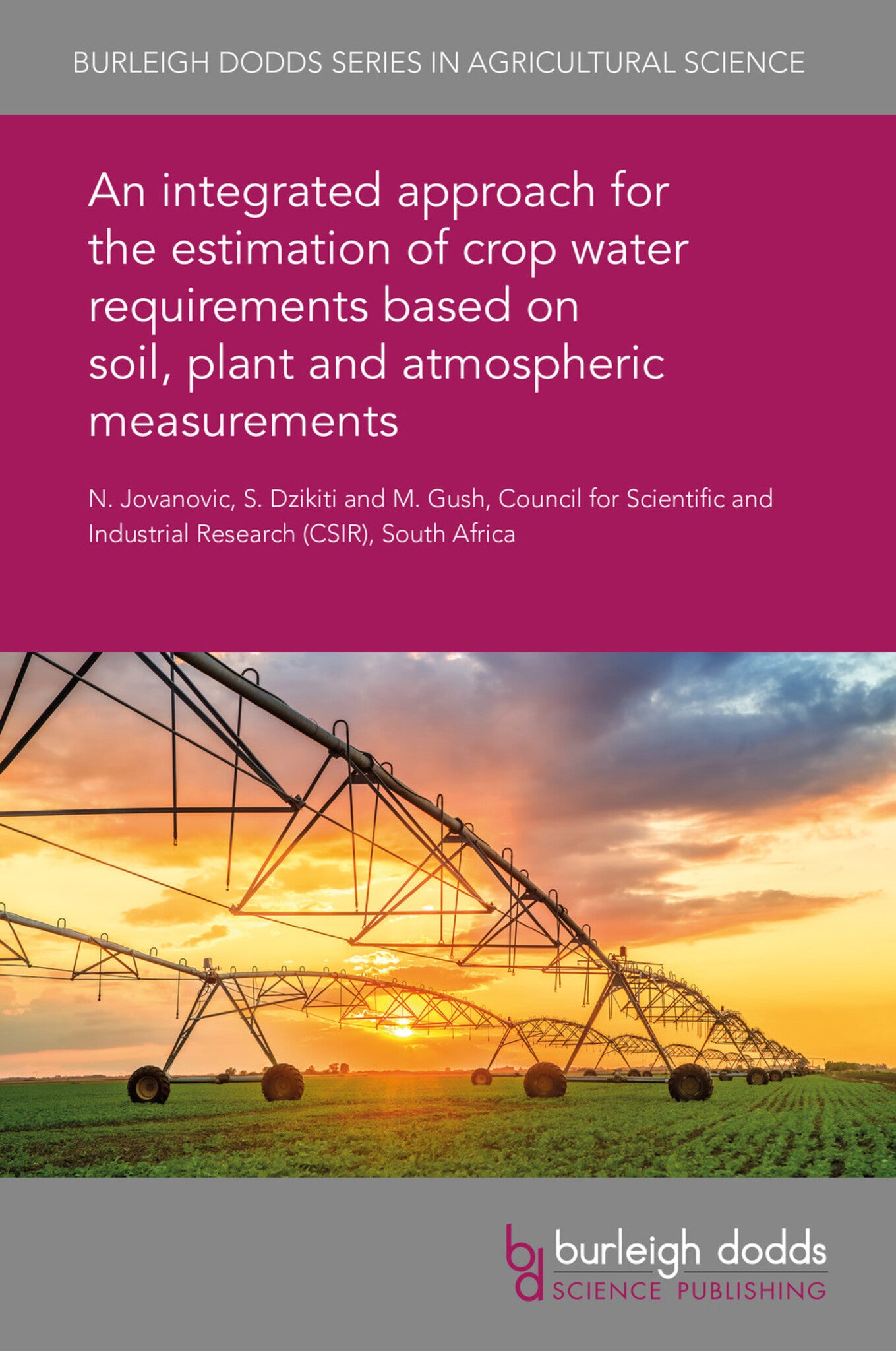We're sorry. An error has occurred
Please cancel or retry.
An integrated approach for the estimation of crop water requirements based on soil, plant and atmospheric measurements

Some error occured while loading the Quick View. Please close the Quick View and try reloading the page.
Couldn't load pickup availability
- Format:
-
06 July 2018


TECHNOLOGY & ENGINEERING / Agriculture / Sustainable Agriculture, Sustainable agriculture, TECHNOLOGY & ENGINEERING / Agriculture / Irrigation, TECHNOLOGY & ENGINEERING / Agriculture / Agronomy / Soil Science, Irrigation and water management, Agronomy and crop production

1 Introduction 2 Methods for estimating crop water requirements: overview and gravimetric measurements 3 Atmosphere-based methods for estimating crop water requirements 4 Plant-based methods for estimating crop water requirements: properties assessed 5 Plant-based methods for estimating crop water requirements: remote sensing 6 Soil-based methods for estimating crop water requirements 7 Case study 8 Summary 9 Future trends in research 10 Where to look for further information 11 Acknowledgements 12 References



